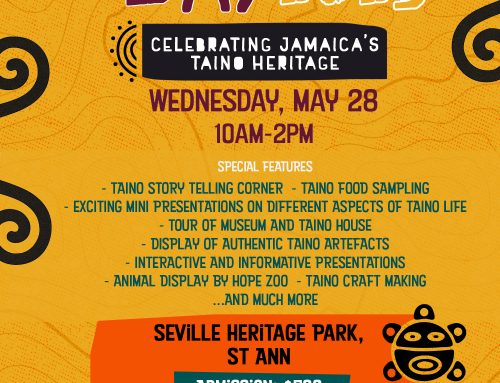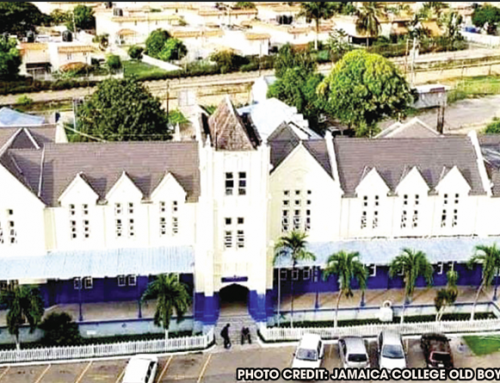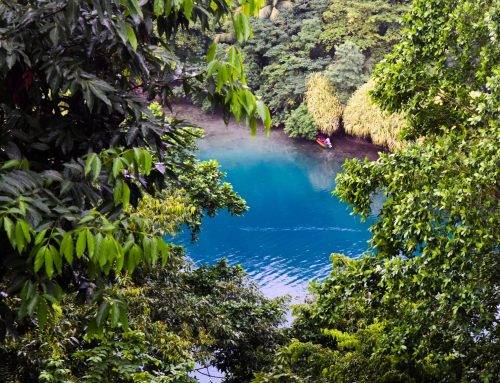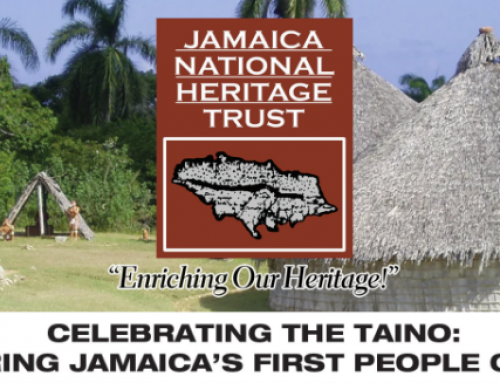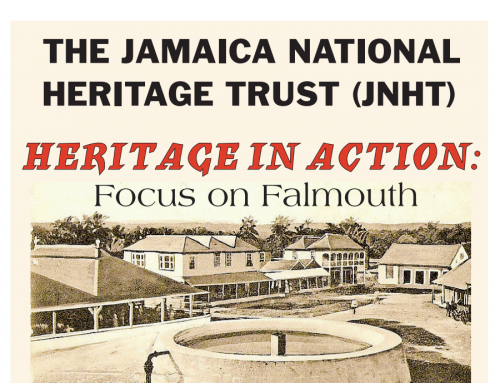The Jamaica National Heritage Trust (JNHT) marked the 162nd anniversary of the arrival of the East Indians to Jamaica with a mini expo and lecture on May 10, 2007 at its offices at Headquarters House, 79 Duke Street, Kingston.
In welcoming guests, Communications Director at the Jamaica National Heritage Trust Joan Andrea Hutchinson, said it was important that as a people we celebrate the heritage of all the different ethnic groups who contribute to Jamaica’s truly unique culture.
According to Miss Hutchinson, since most Jamaicans are of African descent, the concept of ‘heritage’ tends to be synonymous with African heritage. She noted that the multi-ethnicity which makes up the Jamaican landscape needs to be celebrated, and added that the JNHT is committed to the celebration of all the ethnic groups which have contributed to this landscape.
The expo provided a kalidescope of colours and sounds. Young Addairre Esmie of Glenmuir High entertained with a dance that had guests cheering in delight, especially the young men in the audience. Mrs. Lakshmi Faranathan performed an Indian gospel song, while the ladies of the National Council for Indian Culture in Jamaica, Mrs. Beryl Singh and Mrs. Sipragie Maragh, provided mouthwatering roti wraps and sweets that had guests asking for more. The ladies also participated in a fashion show that paraded a wide variety of Indian fashions.
Pandit Nathan Charma of the National Council for Indian Culture in Jamaica, in addressing the group of mostly students, highlighted the fact that the Indians made a significant contribution to the island in many different areas. He noted that over 75 of the plants used in Jamaica were brought here by the Indians, as they sought to replicate aspects of their environment. Many of these had medicinal value, while some were spices. Some of these plants were on display for visitors to see.
In highlighting the role of the Indians in the development of Jamaica, Danesh Maragh, explained that the contribution of the Indians is evident in areas such as commerce, culture and cuisine. Most Jamaicans, he added, have either eaten or at least are aware of roti, because it has been deeply integrated into the Jamaican cuisine by the Indians.
Indian labour helped to sustain the Jamaican economy through work on the plantations. In the area of commerce, many Indians left the estates and opened shops, sometimes with bars attached to them.
He explained that Hinduism, the religion of a majority of Indians, quarrels with no other religion. A Hindu believes that everymen strives to reach the same goal, but takes different paths to get there.
He reminded the audience that cannabis sativa (ganja) was brought to Jamaica by the Indians, but noted that it was used as part of religious sacrament, and as a relaxant at the end of a day of hard work. He said it was interesting that though the smoking of marijuana by Rastafarians was learned from the Indians, the Indians ended up trading in most cases rather than smoking and as a result did not suffer the same fate as the Rastafarians at the hands of the police.
The exhibition continues on May 11. On May 10, 1845 the first group of over 200 East Indians landed at Old Harbour Bay in St. Catherine. They came to the island from Northern India to work on the plantations abandoned by the ex-slaves following Emancipation
For further information contact:
Communications Division
Tel: (876) 922-1287 /922-1288

